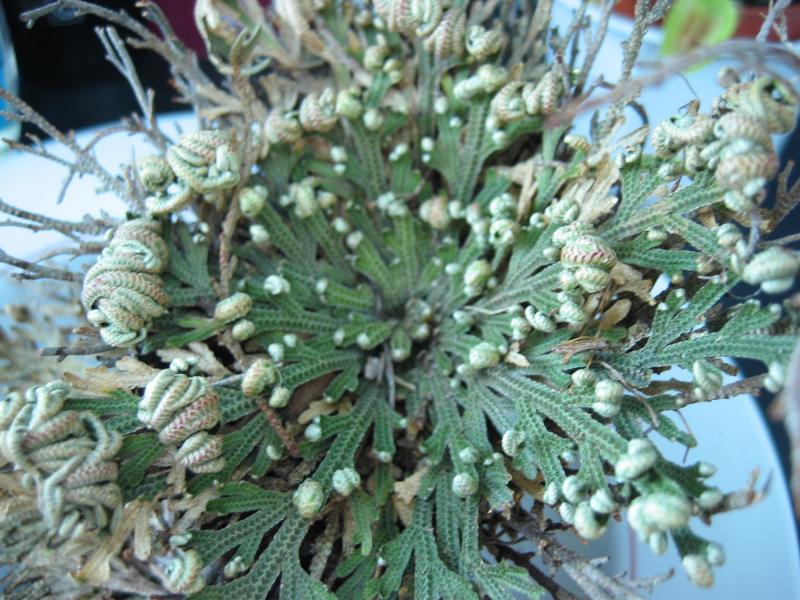Sometimes, when you’re all curled up like the resurrection plant, there’s only one thing that will help you open back up.
- Resurrection plants are a species of plant found in the habitat of the Chihuahuan Desert, located across the Mexican and United States border.
- The scientific name of the resurrection plant is Selaginella lepidophylla and it is from the Selaginella genus which is the only family member of Selaginellaceae, the family of spikemoss.
- ‘Resurrection plants’ are also known as ‘resurrection moss’, ‘dinosaur plants’, ‘flowers of stone’, and ‘roses of Jericho’, though they should not be confused with the Anastatica hierochuntica plant which is also known as ‘rose of Jericho’.
- Resurrection plants are known for opening outwards when exposed to moisture, and being closed in a tight ball when dehydrated.
- The colour of a dry resurrection plant is brown, while it turns green when moist, and the leaves, when unfurled, are fern-like.
A Resurrection Plant
Image courtesy of Wikimedia Commons
- Resurrection plants can survive extensive periods without water, and when moisture is provided, it can appear to “resurrect” even from stages of extreme dryness.
- The leaves and stems of the resurrection plant form a rosette shape, which assists in its ability to curl into a ball, and the plant grows from rhizomes.
- Resurrection plants range from 15 to 30 centimetres (6 to 12 inches) in height and have a diameter up to 20 to 25 cm (8 to 10 inches) when open.
- A herbal tea can be made from the resurrection plant, which is used in traditional medicine to treat sore throats and colds.
- Resurrection plants can be very difficult to grow unless they are in their native habitat, as the plant needs specific watering requirements and care, to maintain healthy plants.






Do you also offer these plant for sale
Where can I purchase this plant?
1. once open does the plant always generally stay the same size or does it grow in size? 2. what is the benefit of this plant- ie does it purify the air? 3. kind of dumb question, but does it absorb CO2 and give off O2 like regular plants?
I got the plant yesterday. It van is amazing how it turned green. I bought it for $1.